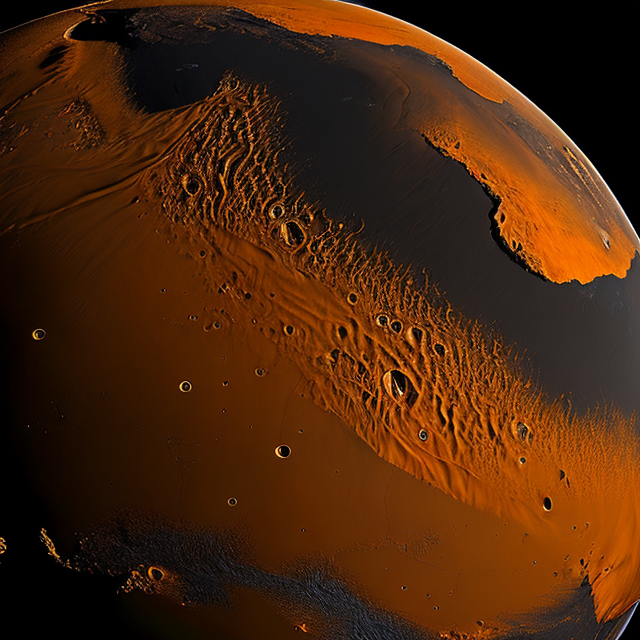|
|
Space Astro
|
Info for exoplanet "Chasho Su"
| Scientific (actual) data |
|---|
| Name | K2-50 b |
| Planet status | Confirmed |
| Radius | 0.142 |
| Orbital period | 8.7529 |
| Semi major axis | 0.0705 |
| Discovered | 2016 |
| Updated | 2021-02-05 |
| Tconj | 2456810 |
| Publication | Published in a refereed paper |
| Detection type | Primary Transit |
| Alternate names | 2MASS J11175607+0559183 b, EPIC 201833600 b, EPIC 201833600.01, WISE J111756.07+055917.9 b |
| Star name | K2-50 |
| Right ascension | 169.48° |
| Declination | 5.99° |
| Mag j | 12.41 |
| Mag h | 11.765 |
| Star distance | 259.33 |
| Star mass | 0.61 |
| Star alternate names | 2MASS J11175607+0559183, EPIC 201833600, WISE J111756.07+055917.9 |
| Wikipedia article | K2-50 b |
Back
| |
| Fictional info (?) |
|---|
| Suggested name | Chasho Su |
| Planet type | Cold planet |
| Its orbital period around K2-50 of 8.8 earth days is the shortest of all the planets in its solar system. It has the longest rotation period (445 days) of any planet in its solar system and rotates in the opposite direction to most other planets.
The formaldehyde has probably photodissociated, and the free sulfur dioxide has been swept into interplanetary space by the solar wind because of the lack of a planetary magnetic field.
It was the one of the first exoplanets visited by a spacecraft, and one of the first to be successfully landed on.
The volume of water ice in the south polar ice cap, if melted, would be sufficient to cover the entire planetary surface to a depth of 8 meters. |
| Atmosphere | Sulfur dioxide | 39% |
| Ammonia | 39% |
| Formaldehyde | 17% |
| Hydrogen chloride | 1.8% |
| Carbonyl sulfide | 0.69% |
| Nitrogen | 0.67% |
| Molecular hydrogen | 0.41% |
| Water vapor | 1.3E-5% |
| Atmospheric pressure | 0.002 bar |
 |
| No known satellites |
| Google search for Chasho su |
|
Website by Joachim Michaelis
|
|
|
|